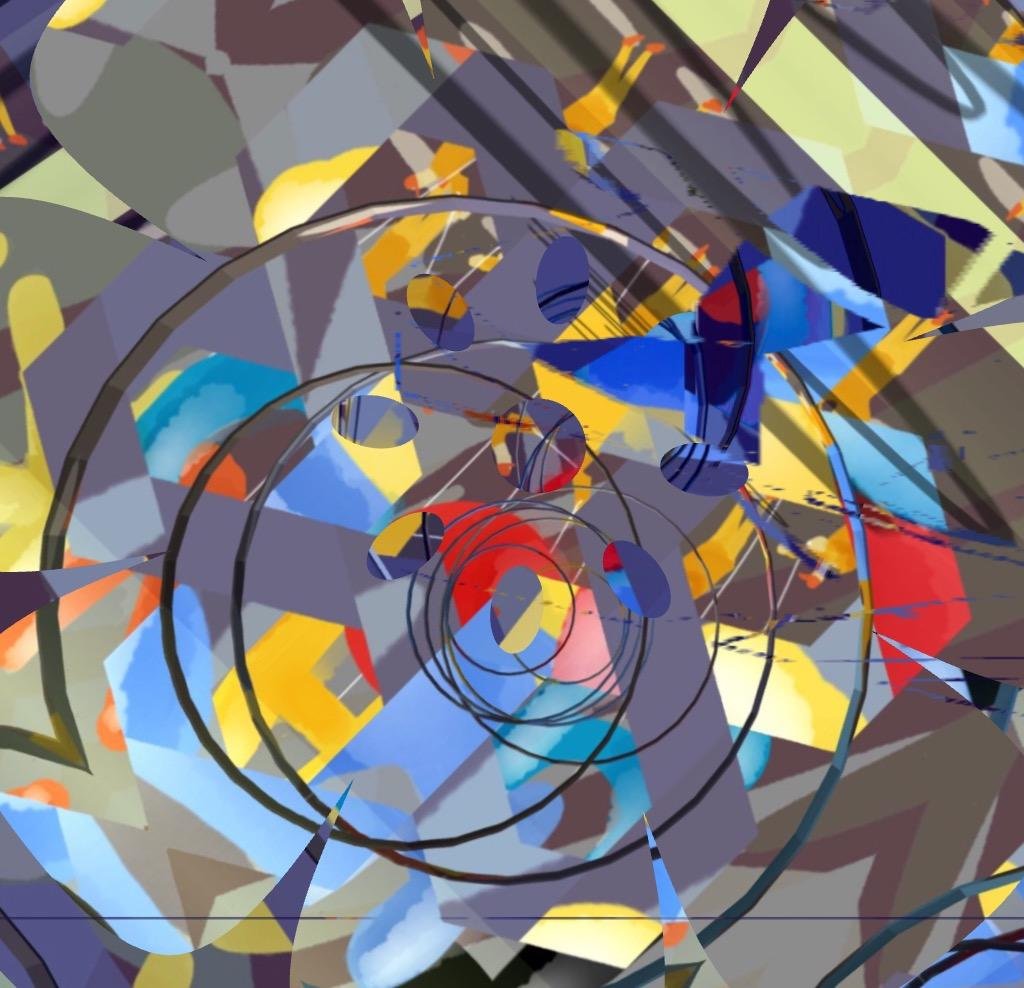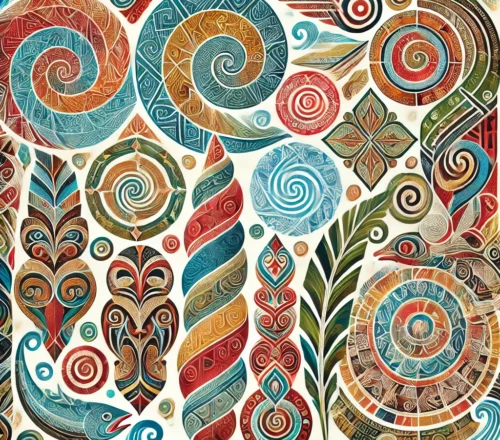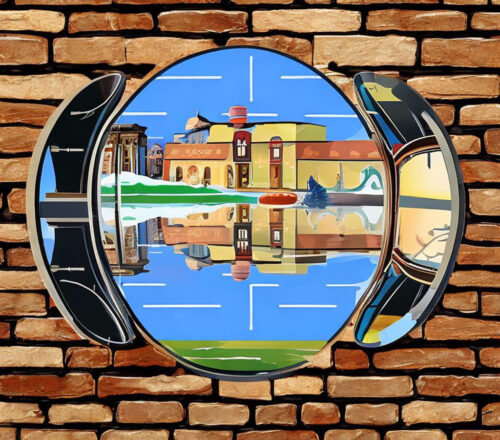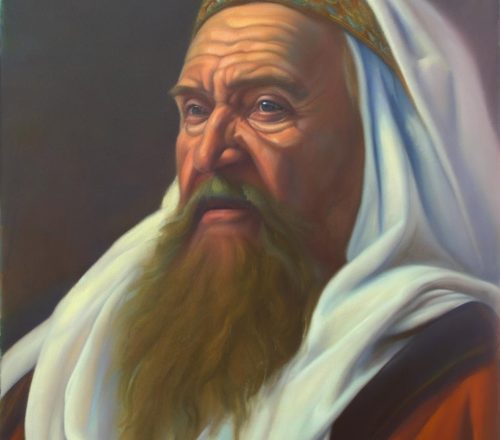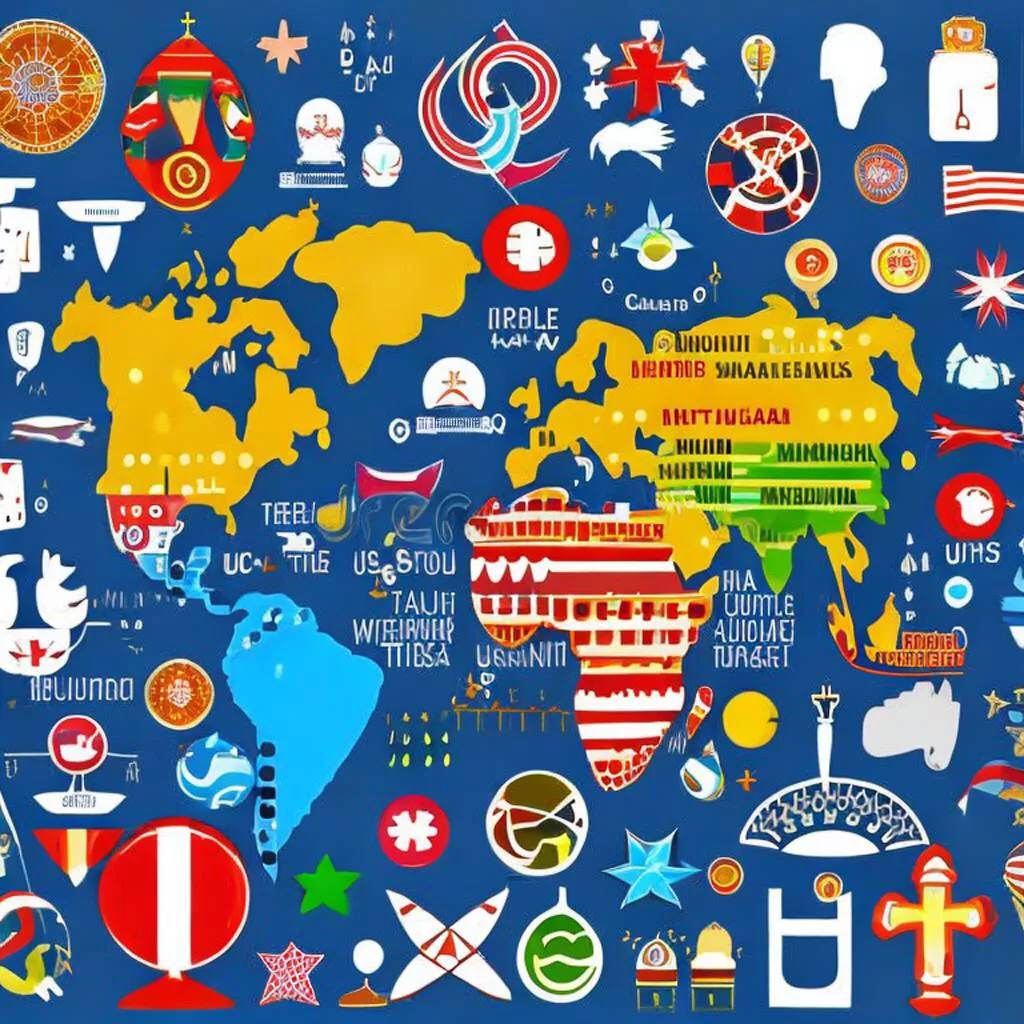
Table of Contents
Symbols meaning
In ancient times symbolein ment bringing the pieces of the staff together. A way to recognize the other as belonging to the same tribe.
Before listing the known symbols in culture, religion, politics, continents, let us first look at the modern meaning of symbols.
What is a symbol
A symbol is a sign or object that represents an idea, concept, or object. Symbols can be tangible, such as a flag, logo, or statue, or intangible, such as a gesture, word, or sound. Symbols are often used to communicate complex ideas or emotions in a concise and powerful way. They can also serve as a unifying force, representing a shared belief or identity among a group of people. Some examples of commonly recognized symbols include the heart shape to represent love, the American flag to represent patriotism, and the peace sign to represent pacifism.
Meaning of symbols in culture and history
Symbols are a fundamental aspect of human culture and history. They have been used throughout time to communicate complex ideas, emotions, and concepts in a simple and powerful way. Symbols can be found in every culture and have been used to represent everything from religious beliefs to political ideologies. In this blog, we will explore the meaning of symbols in culture and history.
The earliest known symbols date back to prehistoric times. These symbols, which were often simple markings or carvings, were used to communicate basic ideas such as directions or warnings. As human societies became more complex, so too did the symbols they used. For example, the ancient Egyptians used hieroglyphics, a system of writing made up of symbols, to communicate everything from religious beliefs to legal codes.
Symbols also play a crucial role in religion. Many religious symbols, such as the cross in Christianity, the Star of David in Judaism, and the crescent moon and star in Islam, are instantly recognizable and carry significant meaning for believers. Religious symbols often represent important aspects of faith, such as God, salvation, or the afterlife.
In addition to religious symbols, cultural symbols are also a significant part of human history. Cultural symbols represent the shared values, beliefs, and identity of a particular group of people. For example, the American flag is a powerful symbol of patriotism and national identity for many Americans. Similarly, the Chinese dragon is a symbol of power and good fortune in Chinese culture.
Political symbols are also an important aspect of history. Political symbols are often used to represent political ideologies, movements, or leaders. For example, the swastika, which was adopted by the Nazi party in Germany, became a symbol of hate and oppression during World War II. On the other hand, the raised fist, which was used by political activists during the 1960s and 1970s, became a symbol of resistance and solidarity.
Symbols can also be used to create a sense of unity among people. For example, many sports teams have symbols or logos that represent their team and bring fans together. Similarly, national flags and anthems are symbols that bring together people from different regions and backgrounds to create a sense of national identity.
The meanings of symbols can vary depending on the context in which they are used. For example, the swastika was originally an ancient symbol of good luck and prosperity in many cultures, but it has become a symbol of hate and oppression in modern times. Similarly, the peace sign, which was originally created as a symbol of nuclear disarmament, has become a more general symbol of peace and love.
In conclusion, symbols are an essential part of human culture and history. They can represent everything from religious beliefs to political ideologies, and they have the power to unite people and create a sense of identity and belonging. While the meanings of symbols can change over time, their significance remains a crucial aspect of our collective human experience.
Table with religious symbols and their meaning
| Symbol | Religion | Meaning |
| Cross | Christianity | Represents the crucifixion and resurrection of Jesus Christ, and serves as a symbol of faith and salvation. |
| Star and Crescent | Islam | Represents the faith of Islam and is often associated with the Ottoman Empire. The star represents the Prophet Muhammad, and the crescent represents the new moon and the start of each Islamic month. |
| Menorah | Judaism | Represents the miracle of Hanukkah, in which a single day’s worth of oil lasted for eight days. It also serves as a symbol of Jewish identity and the Jewish people’s connection to Israel. |
| Lotus Flower | Buddhism | Represents purity, enlightenment, and the potential for spiritual growth. It is often depicted as a symbol of the Buddha’s enlightenment. |
| Om Symbol | Hinduism | Represents the sound of the universe, and serves as a symbol of the divine and the infinite. It is often chanted as a form of meditation. |
| Yin-Yang | Taoism | Represents the balance between opposite forces, such as light and dark, male and female, and hot and cold. It serves as a symbol of harmony and balance in the universe. |
| Ankh | Ancient Egypt | Represents eternal life and fertility, and is often depicted in the hands of gods and goddesses. It is also associated with the sun god Ra. |
| Dharma Wheel | Jainism | Represents the teachings of the Jain religion, and serves as a symbol of the path to enlightenment. The eight spokes of the wheel represent the Eightfold Path. |
| Star of David | Judaism | Represents the connection between God and the Jewish people, and is often associated with King David of Israel. It serves as a symbol of Jewish identity and the Jewish people’s connection to Israel. |
| Ichthys | Christianity | Also known as the “Jesus Fish,” represents the faith of Christianity and is often used as a symbol of identification among Christians. The letters in the fish spell out the Greek word for “fish,” which is an acronym for “Jesus Christ, Son of God, Savior.” |
| Pentagram | Wicca | Represents the five elements of nature (earth, air, fire, water, and spirit) and serves as a symbol of protection and balance. |
| Khanda | Sikhism | Represents the Sikh faith and its core beliefs, including the oneness of God and the equality of all human beings. |
| Star of Bethlehem | Christianity | Represents the star that guided the three wise men to the birthplace of Jesus, and serves as a symbol of hope and guidance. |
| Crescent Moon | Hinduism | Represents the god Shiva and the feminine divine energy. It is often used as a symbol of transformation and renewal. |
| Swastika | Hinduism and Buddhism | Represents good luck, prosperity, and the eternal cycle of life, death, and rebirth. However, due to its association with the Nazi regime during World War II, the symbol has become a controversial and widely recognized symbol of hate and oppression. |
| Chi-Rho | Christianity | Represents the first two letters of the Greek word for Christ (ΧΡΙΣΤΟΣ) and serves as a symbol of the Christian faith. |
| Star of David with a Cross | Christianity and Judaism | Represents the connection between the Jewish and Christian faiths, and is often used as a symbol of religious harmony and cooperation. |
| Torii Gate | Shintoism | Represents the boundary between the sacred and the profane, and serves as a symbol of the entrance to a Shinto shrine. |
| Hamsa | Islam and Judaism | Represents the hand of God and serves as a symbol of protection and good luck. It is often depicted with an eye in the center to ward off evil spirits. |
| Crossed Keys | Catholicism | Represents the keys to heaven, and is often used as a symbol of the authority of the Pope and the Catholic Church. |
Table with cultural symbols and their meaning
| Symbol | Culture | Meaning |
| Yin-Yang | Chinese | Represents the balance between opposing forces, such as light and dark, and serves as a symbol of harmony and balance. |
| Dreamcatcher | Native American | Represents the filtering of bad dreams and the capturing of good dreams. It is often used as a symbol of protection and good luck. |
| Claddagh Ring | Irish | Represents love, loyalty, and friendship, and is often used as a symbol of romantic relationships. The hands represent friendship, the heart represents love, and the crown represents loyalty. |
| Hamsa | Middle Eastern | Represents the hand of God and serves as a symbol of protection and good luck. It is often depicted with an eye in the center to ward off evil spirits. |
| Kokopelli | Native American | Represents fertility, joy, and music, and is often used as a symbol of good luck and happiness. |
| Scottish Tartan | Scottish | Represents the different clans of Scotland and serves as a symbol of Scottish heritage and identity. Each tartan has its own unique pattern and colors. |
| Fleur-de-lis | French | Represents royalty, nobility, and honor, and is often used as a symbol of French heritage and identity. It is also associated with the Virgin Mary and represents purity and perfection. |
| Maple Leaf | Canadian | Represents the national symbol of Canada and serves as a symbol of Canadian identity and patriotism. |
| Eagle Feather | Native American | Represents strength, courage, and freedom, and is often used as a symbol of Native American heritage and identity. |
| Matryoshka Doll | Russian | Represents the nesting doll tradition and serves as a symbol of Russian culture and identity. Each doll represents a different stage of life or aspect of Russian culture. |
| Triskele | Celtic | Represents the threefold nature of existence (body, mind, and spirit) and serves as a symbol of personal growth and spiritual development. |
| Totem Pole | Native American | Represents a family or clan’s history, legends, and spiritual beliefs, and serves as a symbol of Native American heritage and identity. |
| Mandala | Hindu and Buddhist | Represents the universe and serves as a symbol of wholeness and harmony. It is often used as a tool for meditation and spiritual growth. |
| Pueblo Pottery | Southwest Native American | Represents the traditional pottery-making techniques of Pueblo peoples and serves as a symbol of their cultural heritage and identity. |
| Bonsai Tree | Japanese | Represents the art of bonsai, which involves cultivating miniature trees to represent the beauty of nature. It serves as a symbol of Japanese aesthetics and appreciation for nature. |
| Batik | Indonesian | Represents the traditional dyeing technique of batik, which involves applying wax to fabric before dyeing it to create intricate patterns. It serves as a symbol of Indonesian artistry and craftsmanship. |
| Tiki | Polynesian | Represents the carved wooden or stone statues of Polynesian gods and serves as a symbol of Polynesian mythology and culture. |
| Carnival Mask | Brazilian | Represents the vibrant and colorful masks worn during Carnival celebrations in Brazil, and serves as a symbol of Brazilian culture and identity. |
| Kimono | Japanese | Represents the traditional garment worn in Japan, and serves as a symbol of Japanese culture and aesthetics. Each kimono has its own unique pattern and design. |
| Bat Signal | American | Represents the signal used by the superhero Batman to summon him in times of need, and serves as a symbol of heroism and justice. |
Shopcorner
Symbols books on Amazon
What is your favorite symbol and why?
Sources openai Language models, aitrot, picsart and mib
Embark on a journey into the realm of affiliate marketing and craft your own website within a vibrant, supportive community. Join me in this adventure, where you can begin as a free starter and stay as long as you desire. Enjoy complimentary hosting and foundational teachings to set you on your path. For those with advanced skills, opportunities to elevate your expertise await. Take a moment to explore and witness the magic for yourself!

